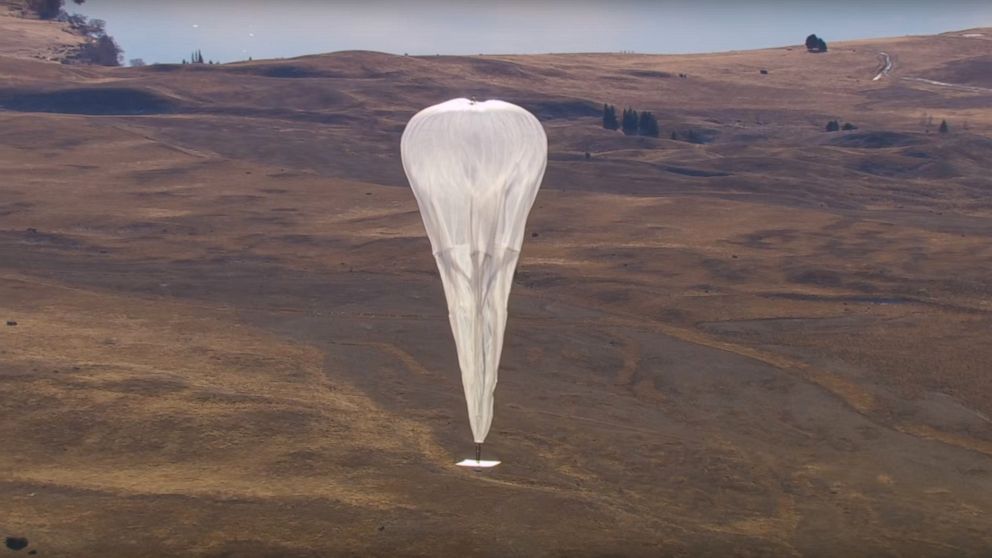Alphabet's 'Project Loon' Internet Balloons Ready for Huge Test
The balloons will beam Internet service to people living in Indonesia.

— -- Alphabet's Internet-beaming balloons, known as "Project Loon," will be put to the test next year when they're launched into the stratosphere above Indonesia. The balloons are designed to give Internet access to people on the ground.
The ambitious project is part of the Google X lab, which takes on "moon shot" ideas, including self-driving cars and Wing, a drone delivery service. Google changed its name to Alphabet in October as part of a company-wide reorganization. Google, which is run by CEO Sundar Pichai, is now a wholly-owned subsidiary of Alphabet.
Project Loon will be tested with three carriers in Indonesia, which is home to 250 million people. Mike Cassidy, vice president of Project Loon, said in a blog post that Indonesia faces logistical challenges for getting online and only one-third of the country's residents having Internet access.
Indonesia is made up of more than 17,000 islands with diverse terrain including mountains and jungles, making it difficult for traditional avenues of connectivity, such as building cellular towers and laying fiber optic cables.
"From Sabang all the way to Merauke, many of these people live in areas without any existing Internet infrastructure, so we hope balloon-powered Internet could someday help give them access to the information and opportunity of the web," Cassidy wrote.
The balloons can float nearly 13 miles above Earth for more than one hundred days, acting as floating cellular towers to help deliver access to people on the ground.
A control center will help guide each balloon to an area to ensure Google's fleet is providing the best coverage where Internet is needed, while an operations team will be dispatched to collect the balloons when they land. The project first began tests in New Zealand in 2013.




